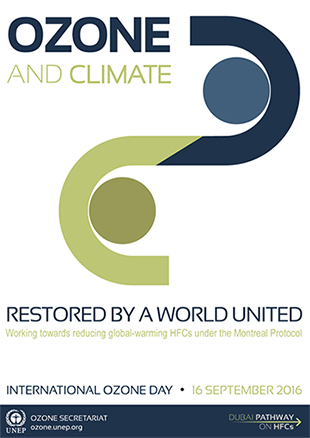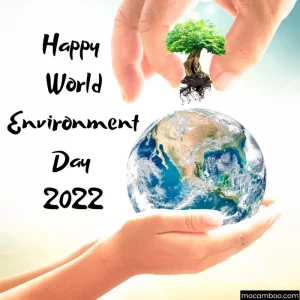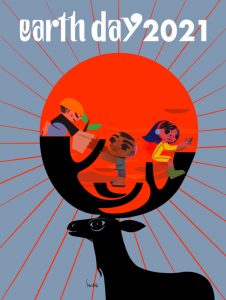« On this International Day for the Preservation of the Ozone Layer, let us remember how much has already been accomplished, and commit to do more to protect our atmosphere. By working  together, we can build a safer, healthier, more prosperous and resilient world for all people while protecting our planet, our only home. » Secretary-General’s Message on the International Day for the Preservation of the Ozone Layer
together, we can build a safer, healthier, more prosperous and resilient world for all people while protecting our planet, our only home. » Secretary-General’s Message on the International Day for the Preservation of the Ozone Layer
2016 Theme: Ozone and climate: Restored by a world united.”
In 1994, the UN General Assembly proclaimed 16 September the International Day for the Preservation of the Ozone Layer, commemorating the date of the signing, in 1987, of the Montreal Protocol on Substances that Deplete the Ozone Layer (resolution 49/114).
States were invited to devote the Day to promote activities in accordance with the objectives of the Protocol and its amendments. The ozone layer, a fragile shield of gas, protects the Earth from the harmful portion of the rays of the sun, thus helping preserve life on the planet.
The phaseout of controlled uses of ozone depleting substances and the related reductions have not only helped protect the ozone layer for this and future generations, but have also contributed significantly to global efforts to address climate change; furthermore, it has protected human health and ecosystems by limiting the harmful ultraviolet radiation from reaching the earth.
The theme for this year’s International Ozone Day recognizes the collective efforts of the parties to the Vienna Convention and the Montreal Protocol towards the restoration of the ozone layer over the past three decades and the global commitment to combat climate change.
Source: Text & Image: UN Illustration 2015 Poster
 is the biggest international day for the environment. Led by the United Nations Environment Programme (UNEP), and held annually since 1973, it has grown to be the largest global platform for environmental outreach. It is celebrated by millions of people across the world.
is the biggest international day for the environment. Led by the United Nations Environment Programme (UNEP), and held annually since 1973, it has grown to be the largest global platform for environmental outreach. It is celebrated by millions of people across the world.

 2017 Theme: “Our oceans, our future”
2017 Theme: “Our oceans, our future” WHAT IS EARTH DAY?
WHAT IS EARTH DAY? together, we can build a safer, healthier, more prosperous and resilient world for all people while protecting our planet, our only home. » Secretary-General’s Message on the International Day for the Preservation of the Ozone Layer
together, we can build a safer, healthier, more prosperous and resilient world for all people while protecting our planet, our only home. » Secretary-General’s Message on the International Day for the Preservation of the Ozone Layer